
Researchers have published their postmortem report on a case of spinal muscular atrophy type 3 complicated by superficial siderosis, offering details on their neuropathological and molecular findings.
Jaime is a freelance writer for The American Journal of Managed Care® (AJMC®), where she previously worked as an assistant editor.
She has a BA in print journalism from Penn State University. You can connect with Jaime on LinkedIn.

Researchers have published their postmortem report on a case of spinal muscular atrophy type 3 complicated by superficial siderosis, offering details on their neuropathological and molecular findings.

The compiled results revealed that hepatotoxicity related to the gene therapy typically presented as cholestatic, which could be prophylactically treated with prednisolone.
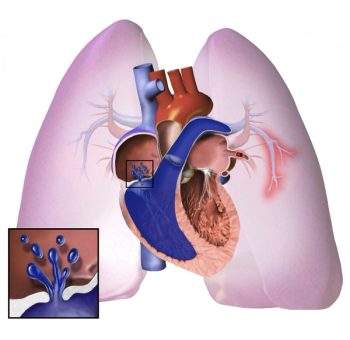
Compared with treprostinil, selexipag carried a 47% reduced risk of pulmonary arterial hypertension (PAH)-related hospitalization and 46% reduced risk of all-cause hospitalization.
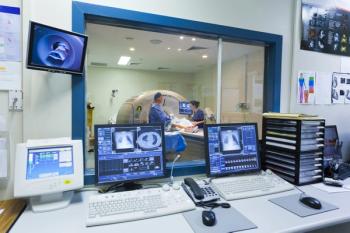
Using DIXON, T2 mapping, and diffusion tensor imaging, the researchers obtained quantitative MRI for 31 patients with spinal muscular atrophy (SMA) types 2 and 3.
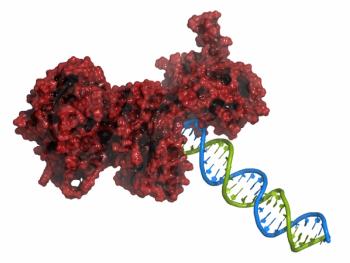
Mounting evidence is supporting the use of poly ADP-ribose polymerase (PARP) inhibitors in prostate cancer, according to a new study.

Before the approval of lurbinectedin, just 1 drug—topotecan—had approval for this indication, leaving these patients with few treatment options after progressing on their initial therapy.
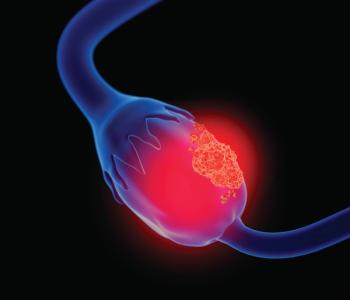
Drawing on data from 6 randomized controlled trials accounting for over 2200 patients, the researchers the researchers compared the efficacy and safety of olaparib, rucaparib, and niraparib.

The treatment combination demonstrated an overall response rate of 44% and median overall survival of 9.5 months.

Following 6 injections of nusinersen, respiratory muscle performance was significantly better among the treated patients compared with age‐matched historical controls.
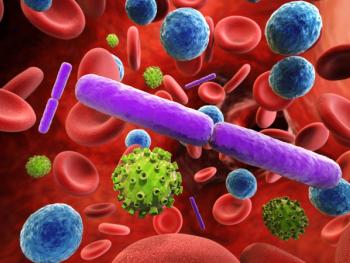
For patients with polycythemia vera (PV), there are no differences in recommendations for preventing complications when using ruxolitinib than for myelofibrosis (MF).

At the time of treatment, there was just 1 paper documenting the use of nusinersen in a case of more mild type 0 spinal muscular atrophy(SMA).

A recent survey of patients with myeloproliferative neoplasms found integrative medicine interventions improved symptom burden, fatigue, depression, and improved quality of life.

Researchers have identified additional mutations in both SMN1 and other genes, some of which may be associated with the onset of spinal muscular atrophy (SMA).

In June, lurbinectedin became just the second approved treatment for patients whose metastatic small cell lung cancer (SCLC) has progressed on or after platinum-based chemotherapy, joining topotecan.

The study also found that Black patients with rheumatoid arthritis (RA) are more likely to be prescribed glucocorticoids, which come with a risk of serious long-term adverse effects.

The study emphasizes the importance of school support and other psychosocial interventions considering specific deficits across adaptive skills in patients with neuromuscular diseases (NMDs).
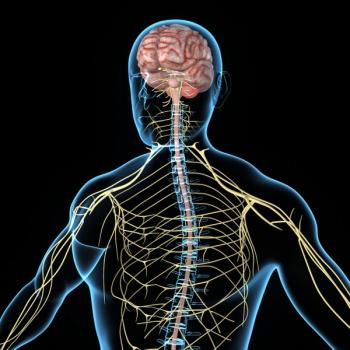
The researchers of the review discuss the reported impact of novel therapies for spinal muscular atrophy (SMA) and highlight the need for long-term data and monitoring of respiratory outcomes.

The study offers the first de novo cost-effectiveness model of these patients in the United States, according to the researchers.

Findings from a retrospective analysis support the use of splenectomy for patients with progressive disease and large splenomegaly.

This story was updated in February 2022 to show that this original story, published in October 2020, is out of date, and adds new information.
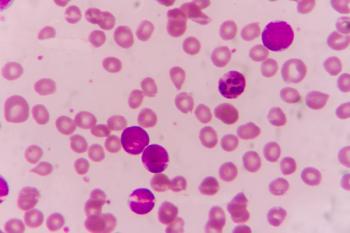
Their study outlines several treatments being investigated for the treatment of patients with myelofibrosis and other myeloproliferative neoplasms, generally after they have become resistant or intolerant to Janus kinase inhibition.

A new study is underscoring the importance of diagnostic testing for patients with spinal muscular atrophy (SMA) to ensure early diagnosis of the disease.
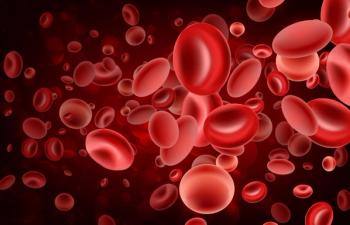
New findings from a small study are suggesting that time to leukemic transformation may be driven by distinct time-dependent molecular mechanisms.

A new national study is highlighting disparities in morbidity and barriers to care that face patients with chronic obstructive pulmonary disease (COPD) living in in rural areas.

Analyzing data from a phase 2 study of patients with type 2 or non-ambulant type 3 spinal muscular atrophy (SMA,) researchers found that the assessment is a valid, reliable, and responsive assessment of motor function ability for these patients.

Results from a large international survey indicated that depression worsened the systemic symptom burden for patients.
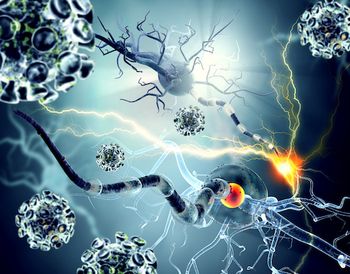
Differences in clinical and demographic characteristics between men and women with multiple sclerosis (MS) are more prevalent regarding disease course than they are when stratifying by sex.

Based on the findings, the researchers are arguing that minimal residual disease (MRD) should be considered as a clinical trial endpoint.

While researchers found short periods of acute exercise did not significantly increase circulating concentrations of fibrinogen and C-reactive protein in patients with COPD, they did observe increases in total leukocyte and blood neutrophil counts.

Researchers identified 3 groups with distinctive patterns of overall survival (OS), among which they determined additional prognostic value in patients with <5% bone marrow blasts.

259 Prospect Plains Rd, Bldg H
Cranbury, NJ 08512
© 2025 MJH Life Sciences®
All rights reserved.
